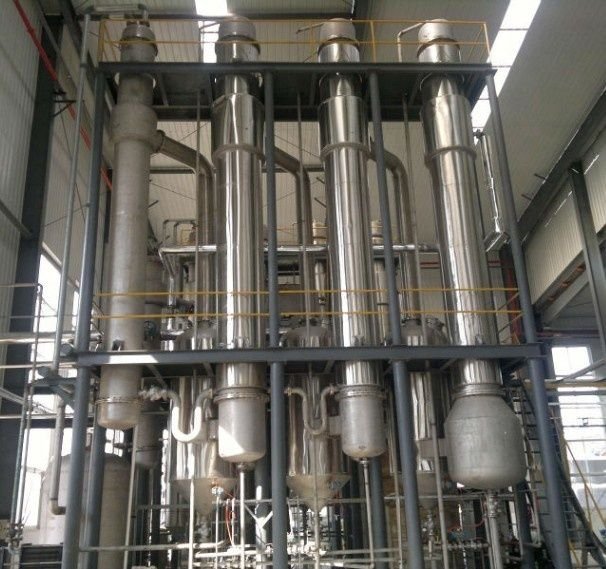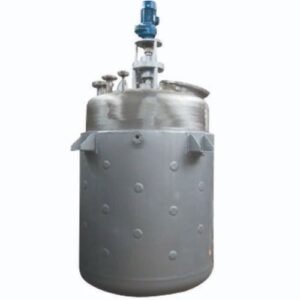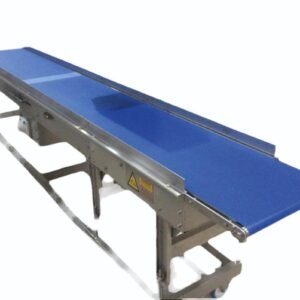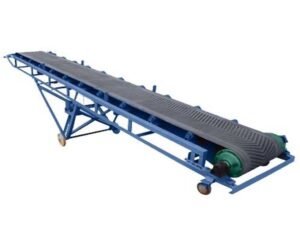Description
A Falling Film Evaporator (FFE) is a type of heat exchanger used primarily in industries such as food processing, pharmaceuticals, and chemical engineering to concentrate liquids by removing water or solvents through evaporation. This system is highly efficient for processing heat-sensitive liquids, including milk, juices, and pharmaceutical solutions. It works on the principle of a thin film of liquid being exposed to heat, which allows for rapid evaporation of the solvent (usually water).
How a Falling Film Evaporator Works
The core principle of the falling film evaporator is based on creating a thin film of liquid that flows down the inside of vertical tubes while being heated from the outside. Here’s a step-by-step overview of the process:
-
Liquid Feeding: The liquid to be concentrated is fed into the top of vertical evaporator tubes under controlled conditions.
-
Film Formation: As the liquid enters the tubes, it forms a thin film that cascades down the walls of the tubes under the influence of gravity. The thin film provides a large surface area for heat transfer.
-
Evaporation: The tubes are heated on the outside, either through steam, hot water, or other heating mediums. The heat causes the solvent (usually water) in the liquid to evaporate. As the liquid flows downward, more of it evaporates, and the concentrated liquid continues to move toward the bottom.
-
Vapor and Concentrate Separation: The evaporated vapor rises and is typically removed at the top of the evaporator, while the concentrated liquid exits from the bottom of the evaporator.
-
Condensation: The vapor generated in the process is then condensed back into liquid form, typically by a separate condenser, and may be re-used in the system or disposed of as waste.





Reviews
There are no reviews yet.